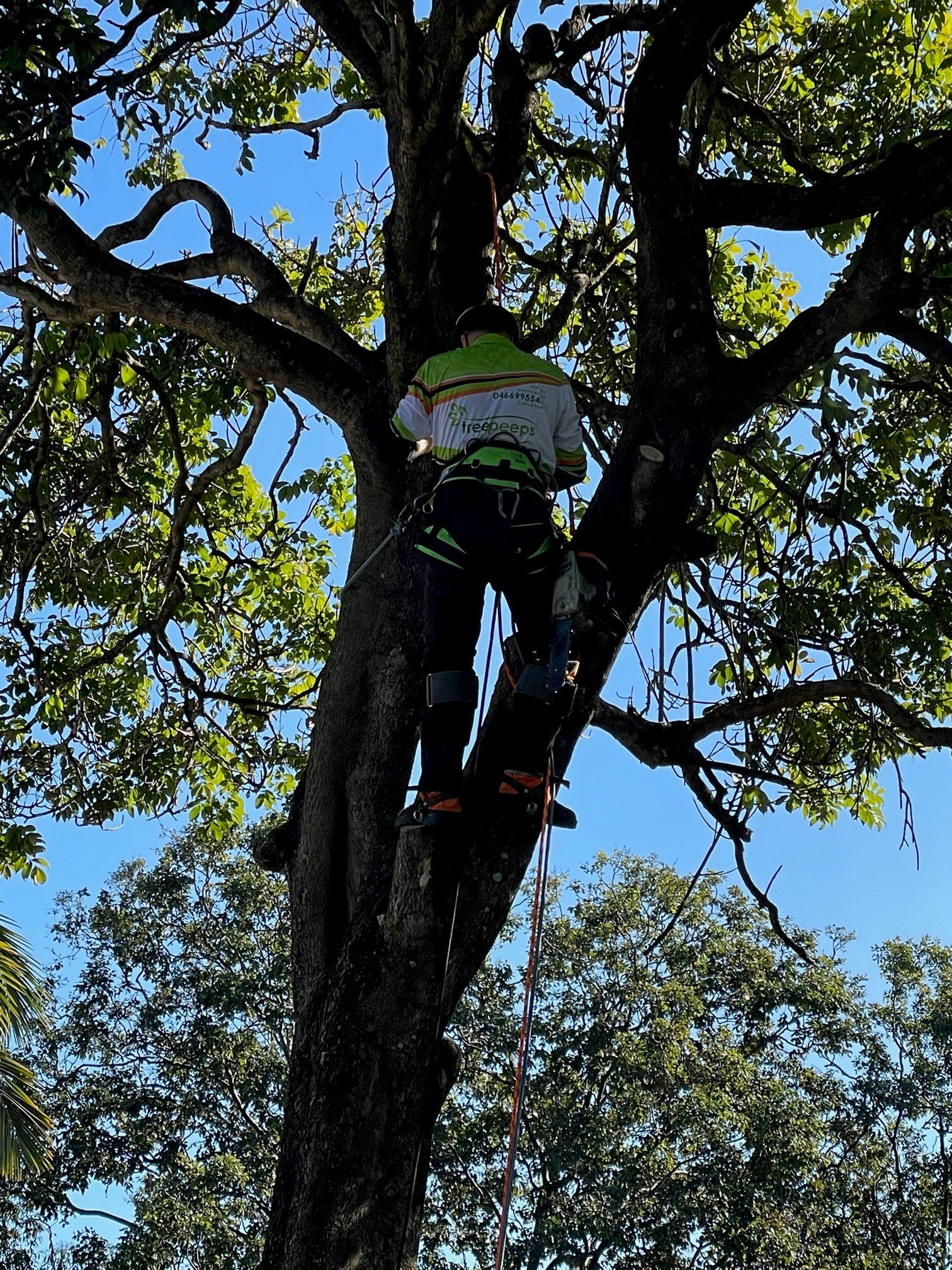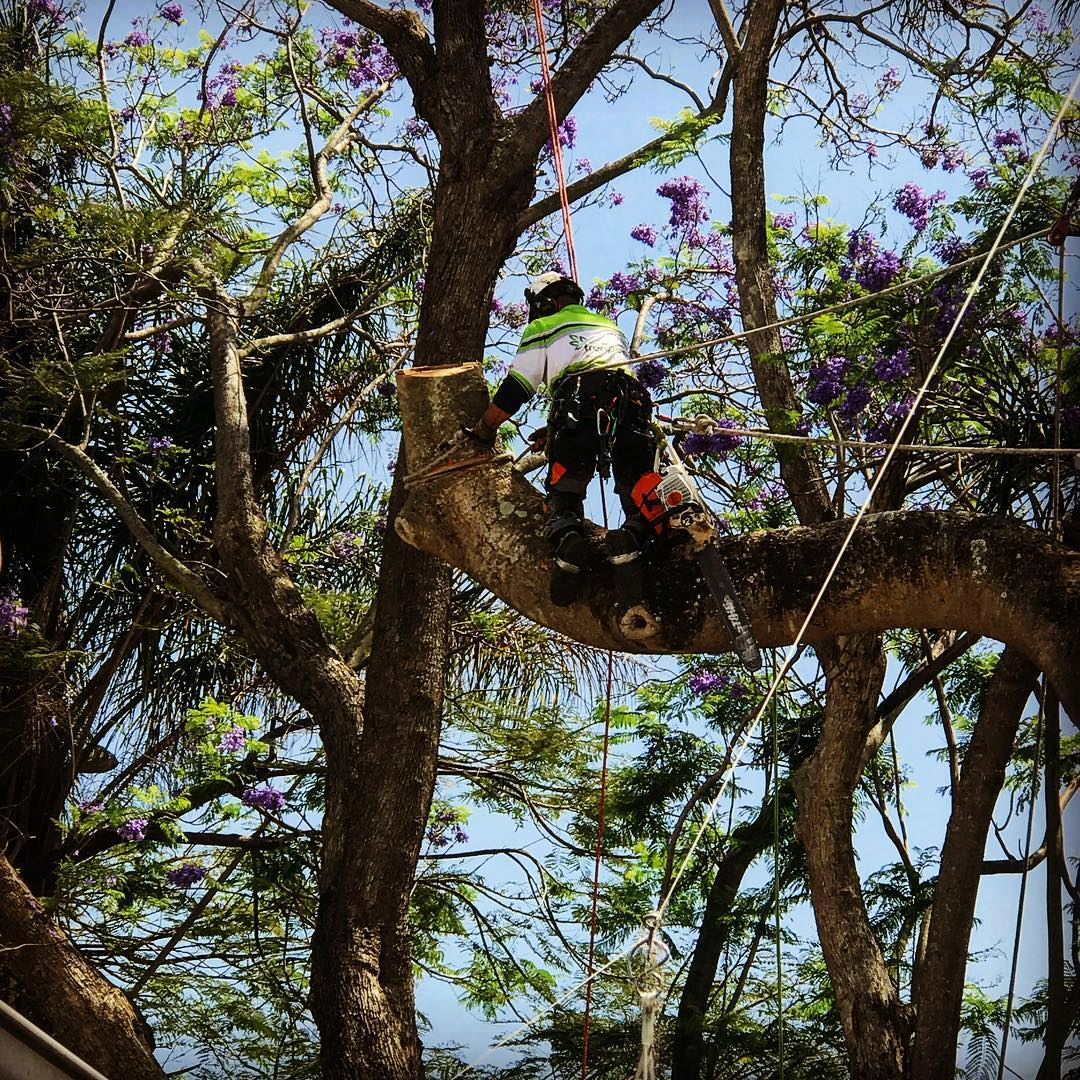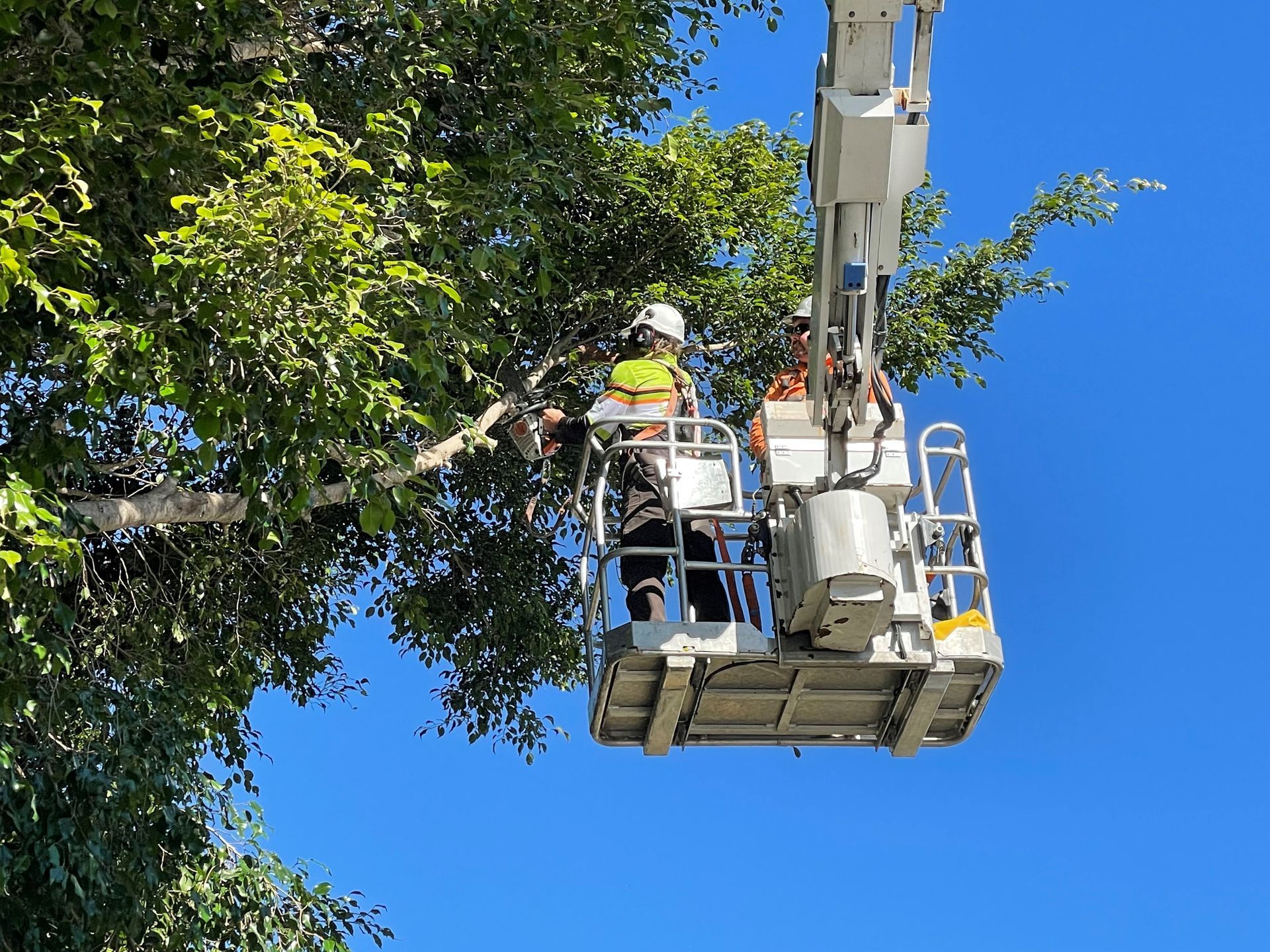How To Reduce The Height Of A Tree
A Guide to Reducing the Height of a Tree: Pruning Techniques and Best Practices.
Trees are magnificent beings that add beauty and serenity to our surroundings. However, there are instances where the height of a tree may become a concern due to safety, obstruction, or aesthetic reasons. In such cases, tree reduction becomes necessary. In this blog post, we will explore various techniques and best practices for reducing the height of a tree while ensuring its health and vitality.
Assess the Tree and Determine the Objective:
Before starting any tree reduction process, it is crucial to evaluate the tree's health, structure, and overall condition. Identify the specific reason for reducing the height, such as clearance for utility lines, managing growth near buildings, or improving sunlight penetration. This assessment will help you plan the reduction process accordingly.
Consult with an Arborist:
For significant tree reduction or if you are unsure about the best approach, it is advisable to consult with a certified arborist. Arborists possess the expertise and experience to evaluate the tree's health, provide guidance on the proper reduction techniques, and ensure the safety of the process.
Choose the Right Season:
The ideal time for reducing the height of a tree is during its dormant period. This usually occurs in late winter or early spring before new growth begins. During dormancy, the tree is less susceptible to stress, diseases, and insect infestations. However, it's important to note that certain tree species may have specific pruning requirements, so research the best timing for your specific tree.
Crown Reduction:
Crown reduction is the most common technique for reducing the height of a tree. It involves selectively pruning the upper branches to reduce the overall height while maintaining a balanced and natural shape. Here are some key considerations when performing crown reduction:
- Target Diseased or Dead Branches: Start by removing any diseased, damaged, or dead branches. This not only reduces the height but also improves the tree's health and appearance.
- Follow the One-Third Rule: To avoid excessive stress on the tree, it is generally recommended not to remove more than one-third of the crown in a single pruning session. This rule helps maintain the tree's vitality and minimizes the risk of shock.
- Proper Cutting Techniques: Use proper pruning tools, such as sharp and clean pruning shears or saws, to make precise cuts. Cut just outside the branch collar (the swollen area where the branch connects to the trunk) to aid in the healing process and minimize the risk of disease.
Considerations for Young Trees:
For younger trees, it may be possible to achieve the desired height reduction by pruning the central leader or the terminal bud. This encourages lateral growth and helps control the overall height. However, extreme reductions should be avoided as they can negatively impact the tree's structure and long-term health.
Regular Maintenance:
Reducing the height of a tree is not a one-time solution. Regular tree maintenance, including pruning, is necessary to ensure its continued health and shape. Establish a pruning schedule, keeping in mind the tree's growth rate and specific requirements.
Conclusion:
Reducing the height of a tree requires careful planning, proper techniques, and consideration for the tree's health. By following the steps outlined in this guide and consulting with an arborist when needed, you can achieve a well-maintained tree that fits harmoniously into its surroundings. Remember, responsible tree reduction promotes safety, aesthetics, and the long-term vitality of these magnificent natural wonders.
If you would like an estimator to come to your property please get in contact with the team at Treepeeps on (07 3910 3436 or email admin@treepeeps.com.au




